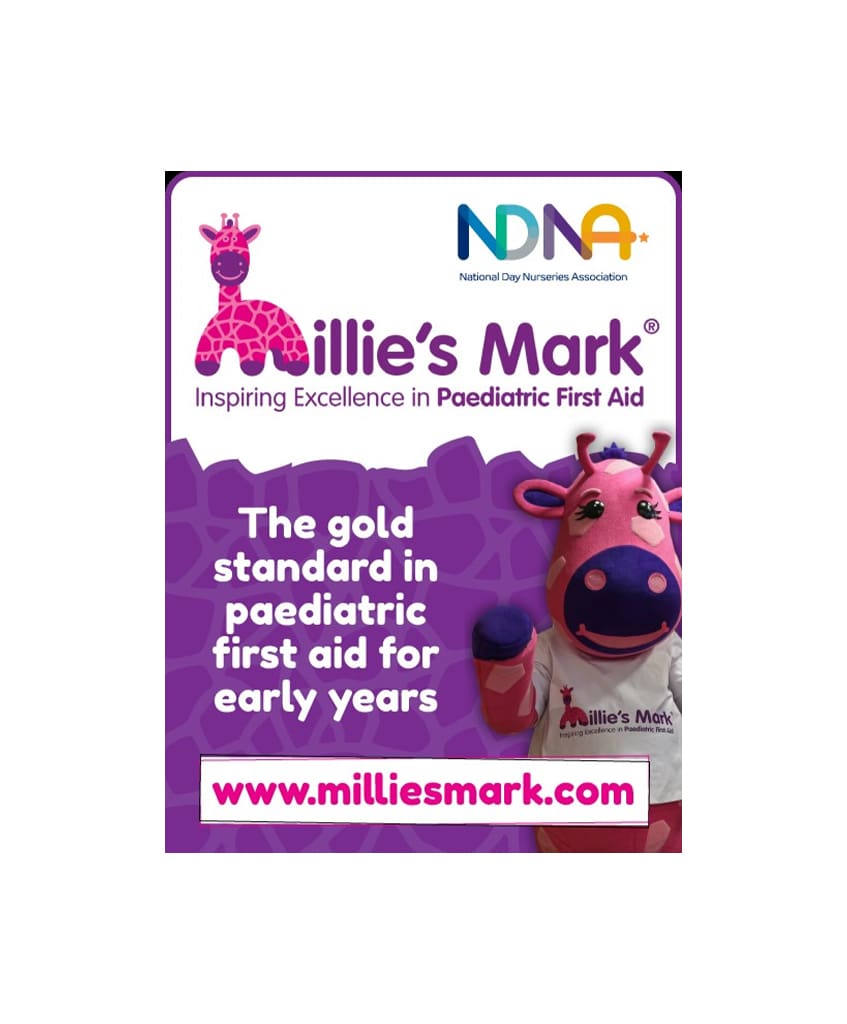Meningitis is an infection that affects the meninges – the tissue covering the brain and spinal cord.
Meningitis can be bacterial or viral. Bacterial meningitis is rarer and usually more severe. Children and young people are more likely to develop meningitis than adults.
What causes Meningitis?
- Coughing, sneezing, and contact with surfaces or skin can spread bacteria that cause bacterial meningitis. Teenagers and children under a year of age are most susceptible.
- The symptoms of viral meningitis tend to be milder during the summer and it is caused by a virus.
Meningitis cannot be diagnosed without laboratory tests to determine the type of germ responsible. Measles, mumps and rubella (MMR) and Meningitis C vaccinations have had a significant impact on meningitis cases. In order for them to be effective, children and young people must receive them as part of their routine vaccination schedule.
What are the signs and symptoms of meningitis?
Symptoms of meningitis and sepsis include:
- a high temperature
- cold hands and feet
- vomiting
- confusion
- breathing quickly
- muscle and joint pain
- pale, mottled or blotchy skin (this may be harder to see on brown or black skin)
- spots or a rash (this may be harder to see on brown or black skin)
- headache
- a stiff neck
- a dislike of bright lights
- being very sleepy or difficult to wake
- fits (seizures).
Babies may also:
- refuse feeds
- be irritable
- have a high-pitched cry
- have a stiff body or be floppy or unresponsive
- have a bulging soft spot on the top of their head.
Someone with meningitis or sepsis can get a lot worse very quickly.
Call 999 for an ambulance or go to your nearest A&E immediately if you think you or someone you look after could have meningitis or sepsis.
Call NHS 111 for advice if you’re not sure if it’s anything serious.
If you’ve had medical advice and are still worried or any symptoms get worse, get medical help again. Meningitis is most commonly associated with a distinctive rash, although it does not affect everyone and can be invisible coupled with other symptoms. When a rash develops, it is important to press a glass on it – if the rash does not fade, seek medical attention immediately.
How is meningitis diagnosed?
Meningitis is difficult to diagnose due to its similar symptoms to other illnesses, such as influenza. Blood samples will be taken once meningitis is suspected to determine whether it is caused by bacteria or viruses. A lumbar puncture will also be performed to determine whether germs have reached the cerebro-spinal fluid (CSF) surrounding the brain and spinal cord. A lumbar puncture may be delayed if there is a severe headache, since draining the CSF may exacerbate symptoms.
Treatment for meningitis
People with suspected meningitis will usually have tests in hospital to confirm the diagnosis and check whether the condition is the result of a viral or bacterial infection.
Bacterial meningitis usually needs to be treated in hospital for at least a week.
Treatments include:
- antibiotics given directly into a vein
- fluids given directly into a vein
- oxygen through a face mask
Viral meningitis tends to get better on its own within 7 to 10 days and can often be treated at home.
Getting plenty of rest and taking painkillers and anti-sickness medication can help relieve the symptoms in the meantime.
Who is most at risk?
Anyone can potentially get meningitis, but it’s more common in:
- babies and young children
- teenagers and young adults
- older people
- people with a weak immune system – for example, those with HIV and those having chemotherapy
You can reduce the risk of getting meningitis by ensuring all your vaccinations are up to date.
If you would like to speak to us about how we could help with your First Aid training requirements, please call us on 01276 586943 or email us at admin@crosscountiestraining.co.uk for hassle-free bookings.









